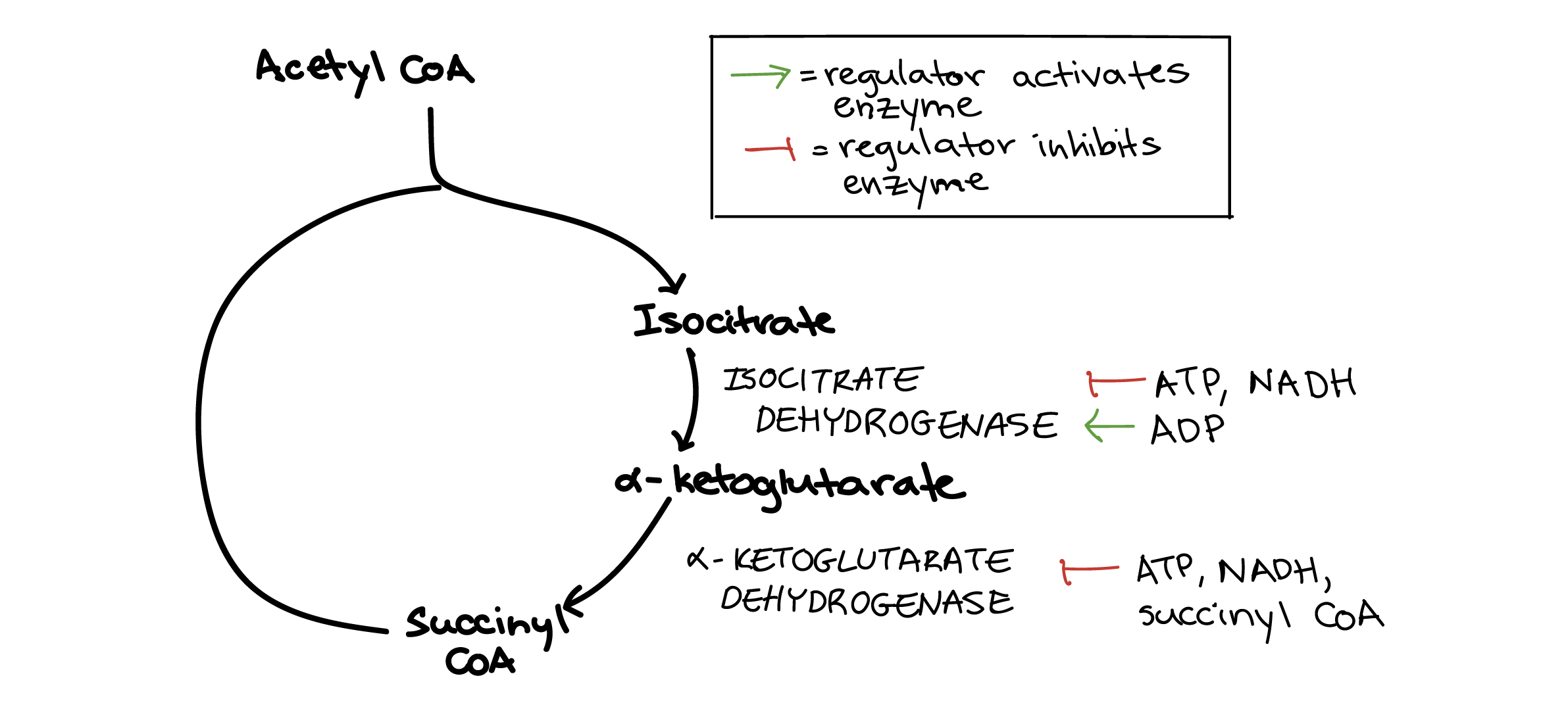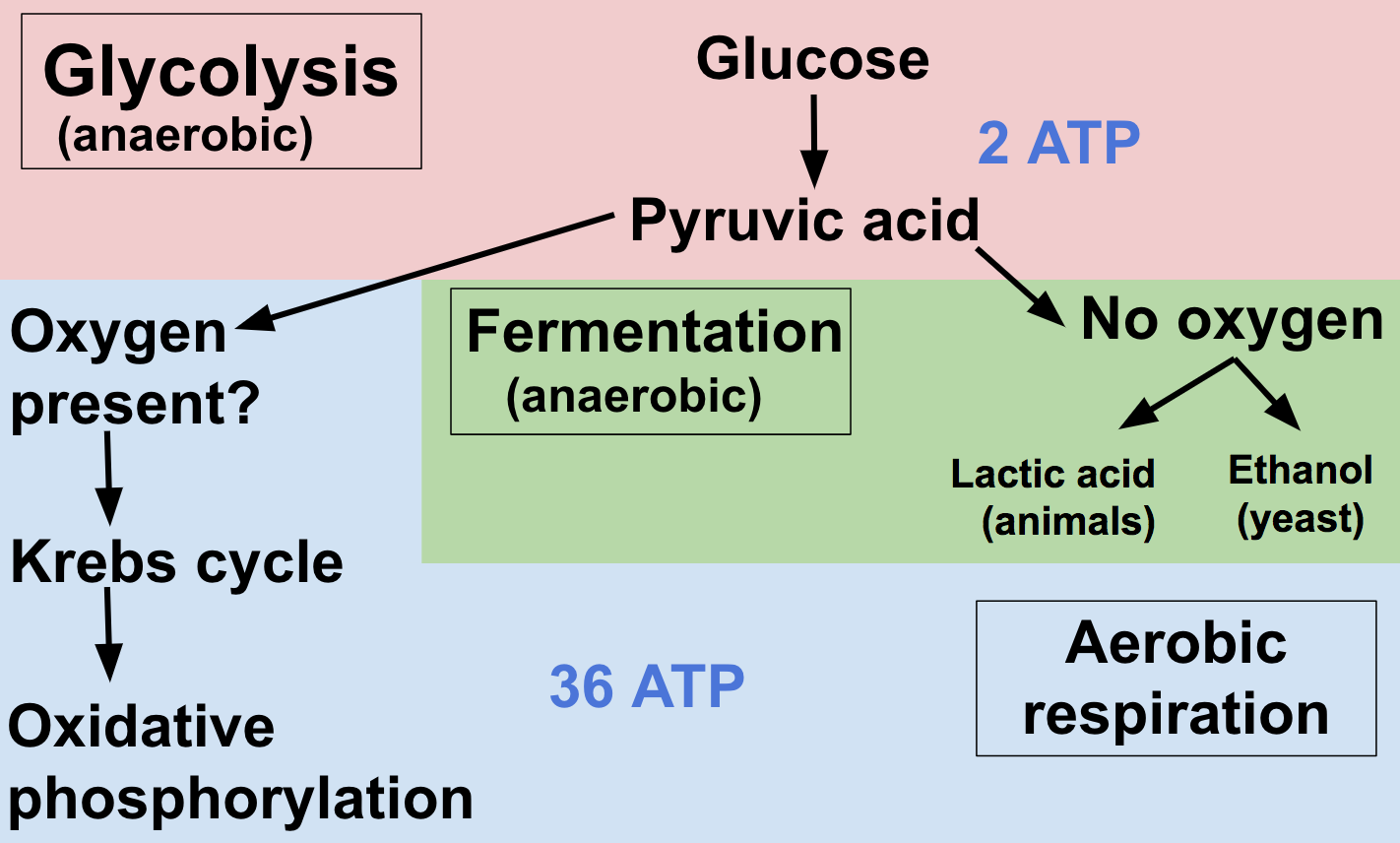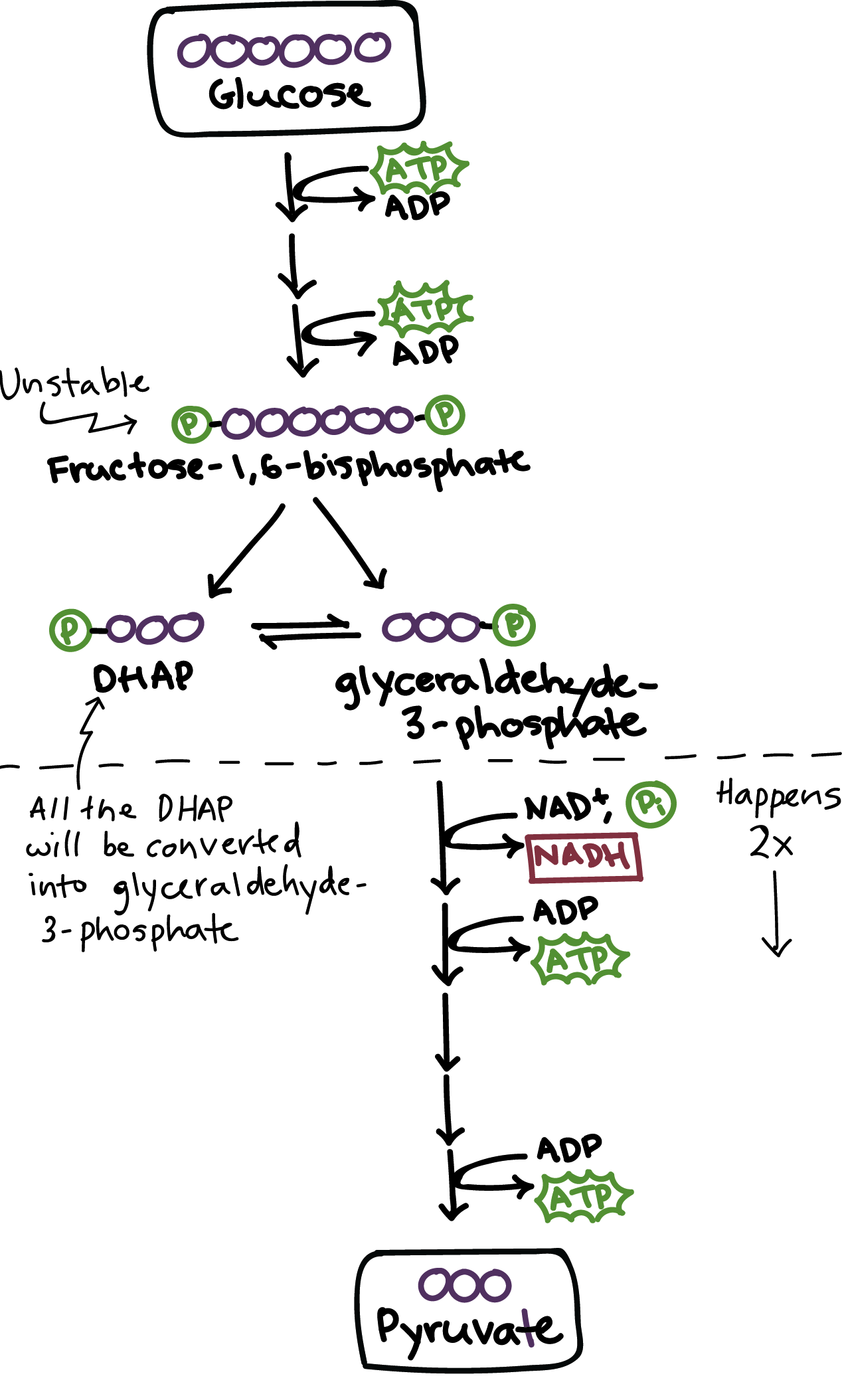Cellular Respiration Meaning In Biology

Hydrolysis Breaking a bond in a molecule and splitting it into smaller molecules through a reaction with water.
Cellular respiration meaning in biology. Cellular respiration biology definition. Related Biology Terms. Cellular respiration refers to both aerobic and anaerobic respiration but is often synonymous with aerobic respiration.
The process takes place in the cytoplasm of a cell. Cellular respiration is a metabolic pathway that breaks down glucose and produces ATP. Heterotrophs like humans ingest other living things to obtain glucose.
Cellular respiration the process by which organisms combine oxygen with foodstuff molecules diverting the chemical energy in these substances into life-sustaining activities and discarding as waste products carbon dioxide and water. Cellular respiration is a set of metabolic reactions and processes that take place in the cells of organisms to convert chemical energy from oxygen molecules or nutrients into adenosine triphosphate ATP and then release waste products. Organisms that do not depend on oxygen degrade foodstuffs in a process called fermentation.
Cellular respiration Energy from nutrients is converted into ATP. In the cells of any non-photosynthetic eukaryote such as a person bread mold or a paramecium glucose and oxygen are going to come from outside the cell. Cellular respiration stores chemical energy in the form of phosphorylated nucleotides primarily ATP by means of oxidative reactions and makes it available to other reactions.
But cellular respiration is slightly more complicated than just converting the energy from glucose into ATP. In this process glucose is broken down in the presence of molecular oxygen into six molecules of carbon dioxide and much of the energy released is preserved by turning ADP and free phosphate into ATP. Based on the oxygen demand cellular respiration is divided into- Aerobic respiration and Anaerobic respiration.
Glycolysis consists of an energy-requiring phase followed by an energy-releasing phase. The principal carbohydrate formed through photosynthesis is glucose. Anaerobic respiration is another type of cellular respiration that takes place in the absence of oxygen and produces energy.



















